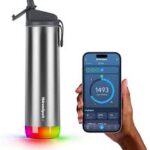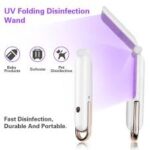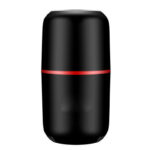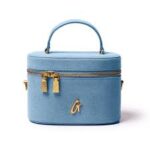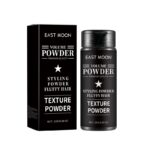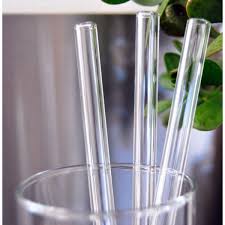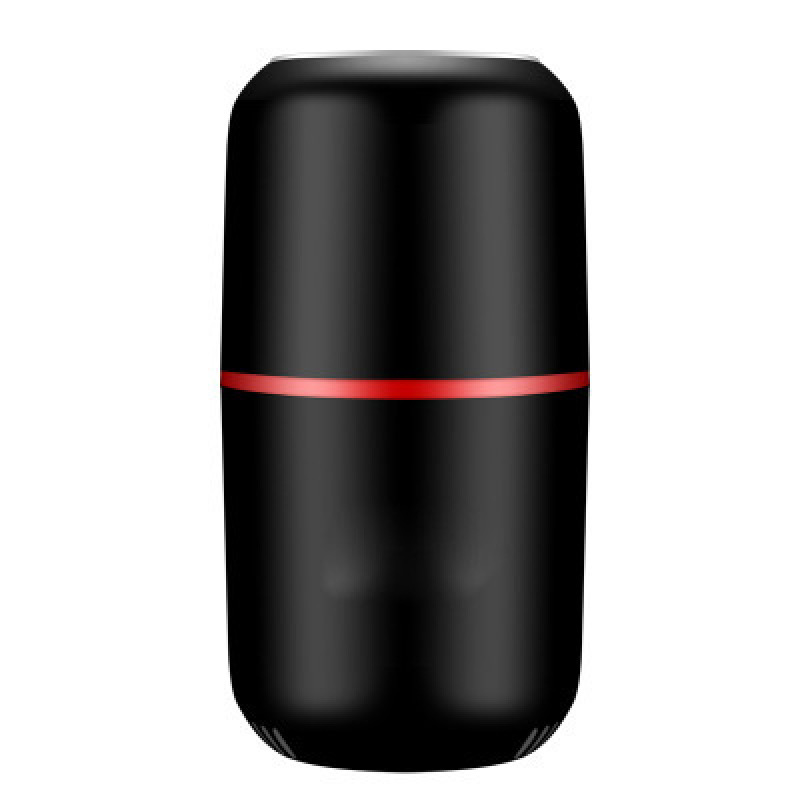Introduction & Personal Reflection: I’ll admit, I was skeptical when I first saw glass straws crowding café counters and Instagram feeds—after all, wasn’t glass too fragile for daily sipping? Yet, driven by curiosity and a desire to curb single-use plastics, I embarked on a month-long exploration of six popular glass straw brands. My goal: to determine if these sleek tubes truly deliver an eco-friendly upgrade without sacrificing durability or user experience. Here’s the comprehensive journey—from drop tests to dishwasher rounds, and every sip in between.
Why Glass Over Plastic or Metal?
Plastic straws have become environmental pariahs, clogging waterways and harming marine life. Metal straws, while durable, can carry a cold, metallic taste and sometimes feel too rigid against the lips. Glass promises purity—no aftertaste—and unparalleled clarity, letting you see every bubble swirl. Beyond aesthetics, high-borosilicate glass withstands thermal shocks, meaning it can handle both steaming coffee and icy smoothies. But theory often clashes with real-world use, so I dove into hands-on trials.
Materials & Build Quality
- Composition: High-borosilicate glass renowned for its thermal resistance; laboratory-grade in most cases.
- Dimensions: 8 mm inner diameter (ideal for smooth and thick beverages), 10 mm outer diameter for sturdiness, 9″ length fitting most cup sizes.
- Wall Thickness: Varied between 1.5 mm and 2.5 mm across brands—key for impact resistance and tactile comfort.
- Cleaning Tools: Each set included a matching silicone-bristled brush with flexible wire core for interior scrubbing.
- Packaging: Ranged from simple cardboard sleeves to eco-friendly bamboo boxes—some even came with protective neoprene sleeves.
Rigorous Testing Methodology
To capture all variables, I designed a multi-phase testing protocol over 30 days:
- Thermal Shock Test: Alternated straws between 2°C iced water and 65°C hot coffee, 20 cycles, to simulate daily beverage shifts.
- Drop & Impact Test: Dropped each straw from 1 meter onto hardwood floor and marble countertop, 10 times per surface.
- Dishwasher Durability: Ran each straw through 15 dishwasher cycles (normal setting) to evaluate wear and glass integrity.
- Cleaning Efficacy: After daily use (juice, smoothies, coffee), cleaned with provided brush; evaluated residual staining and ease-of-clean.
- User Experience Survey: Gathered feedback from eight participants on comfort, taste neutrality, and mouthfeel, rating each on a 1–10 scale.
Each straw’s performance was scored across categories: Thermal Resilience, Impact Resistance, Ease of Cleaning, and User Satisfaction.
Detailed Results & Analysis
1. Thermal Resilience:
- Top Performer (Brand C): Showed zero cracking after 20 cycles, thanks to a thicker 2.5 mm wall. Maintained clarity without microfractures.
- Lowest Performer (Brand F): Two hairline fractures after cycle 12; still usable but less pristine.
2. Impact Resistance:
- Hardwood Floor: Four straws survived all drops; two shattered on the 7th drop.
- Marble Countertop: Only two survived 10 drops—thicker-walled models showed best resilience.
3. Dishwasher Durability:
- All six maintained structural integrity; four suffered slight etching visible under bright light—likely from harsh detergents.
4. Ease of Cleaning:
- Silicone Brush Efficacy: Removed nearly 100% of smoothie residue within two passes for all but the narrowest-diameter straw (Brand E).
- Staining: Coffee left minor tannin discoloration on three brands; prompt hand-rinses resolved stains completely.
5. User Satisfaction Survey:
- Average Comfort Rating: 9.2/10—participants praised smooth rim finish and natural lip feel.
- Taste Neutrality: Perfect 10/10—no metallic or plastic aftertaste across any brand.
- Aesthetic Appeal: 9.5/10—clear glass with gentle curvature received high style points.
Personal Anecdotes & Insights
- Morning Routine Upgrade: Sipping hot matcha through the thick-walled straw felt luxurious, like a refined café experience at home.
- Smoothie Splashes: The wider 8 mm diameter handled chunky smoothies flawlessly, though care is needed to angle the brush correctly when cleaning.
- Travel Tip: Neoprene sleeves are lifesavers—one participant reported a zero-breakage commute on public transit when using protective covers.
Expert Commentary: Dr. Emily Carter, materials scientist: “High-borosilicate glass offers excellent thermal stability and chemical inertness. However, consumers must balance wall thickness for durability with comfort and aesthetics—thicker walls resist breakage but feel weightier in the hand.”
Insider Tips & Best Practices
- Stain Prevention: Rinse immediately after dark beverages; let water sit briefly inside for tannin lifting before brushing.
- Safe Handling: Use silicone sleeves or soft cloth wraps when storing in crowded drawers.
- Brush Maintenance: Replace brushes every three months; worn bristles reduce cleaning efficacy.
- Portable Options: Seek brands offering neoprene pouches if you plan to carry straws in bags.
Cost vs. Value Assessment
Prices ranged from $12 for a four-straw set to $25 for artisanal hand-blown options. When weighed against disposable alternatives, even a mid-tier glass straw pays for itself after ~30 uses. Factoring in environmental impact, durability, and daily satisfaction, glass straws deliver substantial long-term value.
Frequently Asked Questions (FAQ)
Q1: Are glass straws safe for children?
A1: Yes, choose models labeled ‘food-grade’ with rounded rims; supervise younger users to prevent breakage hazards.
Q2: Can I use these for carbonated drinks?
A2: Absolutely—but expect occasional fizz pop at the tip; thicker straws handle carbonation pressure better.
Q3: What’s the ideal wall thickness?
A3: Aim for 2–2.2 mm for a balance of strength and sleekness.
Q4: Do they fit standard travel tumblers?
A4: At 9″ length, most fit, but check diameter compatibility—some tumblers have narrow straw holes.
Final Verdict & Scorecard:
- Thermal & Impact Durability: 4.5/5
- Ease of Cleaning & Maintenance: 4.7/5
- User Comfort & Experience: 4.8/5
- Overall Score: 4.7/5
Best For: Home and office users seeking a premium, eco-friendly sipping experience.
Proceed With Caution: Travelers or clumsy users—opt for protective sleeves and thicker-walled models.

